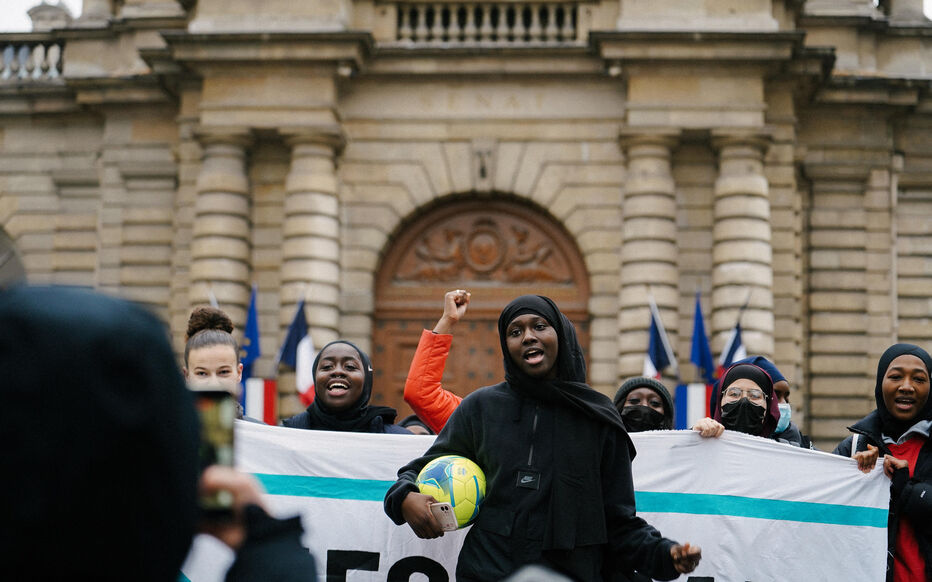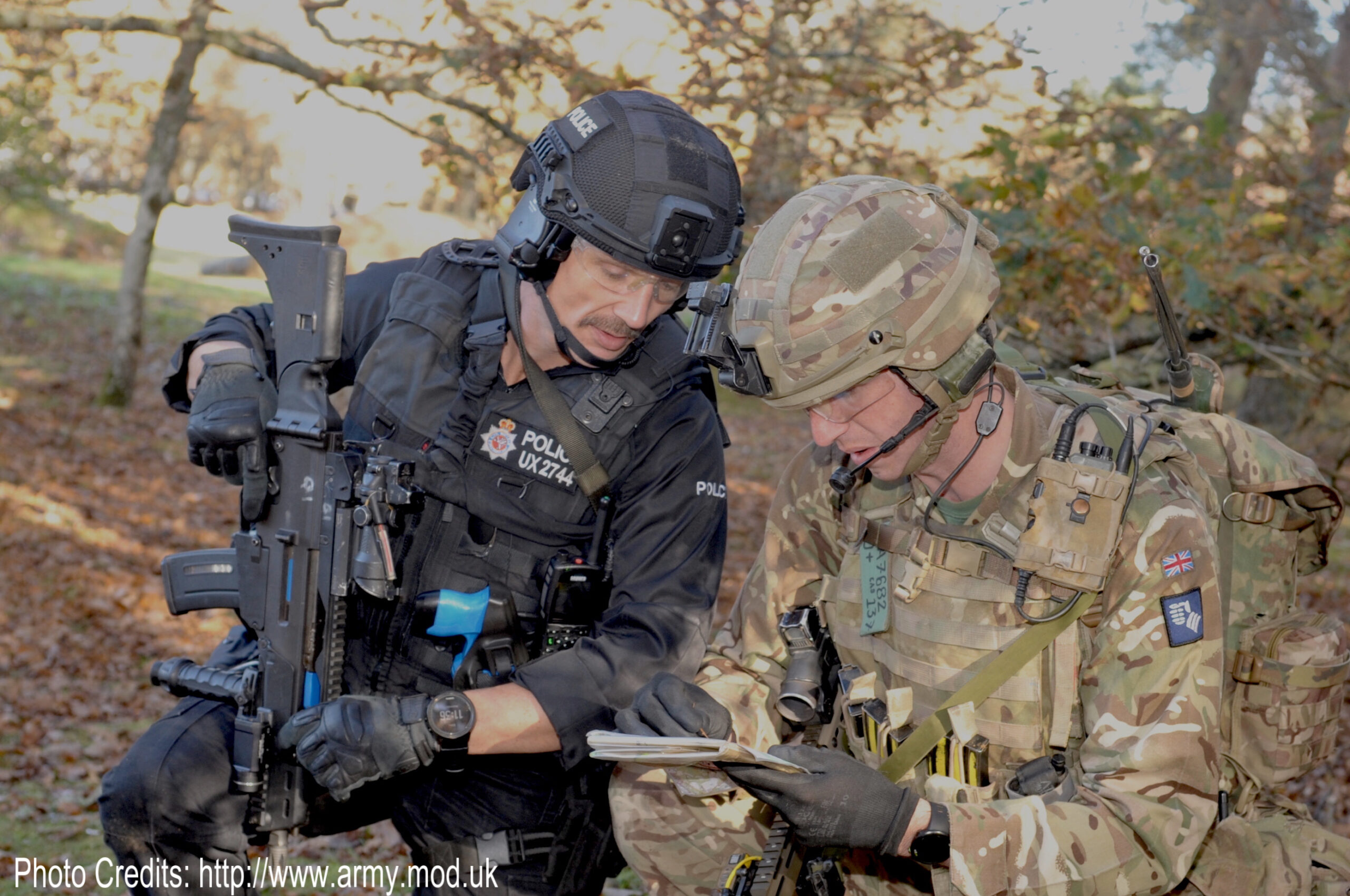The Globe and Mail – December 14, 2012
Without Honour: The True Story of the Shafia Family and the Kingston Canal Murders, by Rob Tripp (HarperCollins, 350 pages, $29.99); Honour on Trial: The Shafia Murders and the Culture of Honour Killings, by Paul Schliesmann (Fitzhenry & Whiteside, 207 pages, $21.95). Paul Schliesmann won a National Newspaper Award for his reporting on the Shafia case.
In 2007, Afghan millionaire businessman Mohammad Shafia emigrated from Dubai to Montreal, buying his way into Canada under the federal investor program and bringing with him five daughters, two sons and two wives (one ostensibly a cousin). Two years later, he killed three of those daughters, Zainab, Sahar and Geeti, aged 19, 17 and 13 respectively. His first wife, Rona, 53, would also die.
At trial, Shafia presented himself as a pious Muslim, a loving if sometimes impatient father. In truth, according to these books, he was a thug and a hustler who had not stepped inside a mosque for years, a hair-triggered tyrant much feared by his daughters, and a man who made money easily and enjoyed spending it.
In his rants about “honour,” Shafia repeatedly invokes God. But as the trial jury heard, while many “honour killings” do occur in Muslim communities, Islam offers no justification anywhere for this very ancient type of murder, rooted in cultural practices that predate all the great religions.
Another focus in the two books is the disparate, sometimes muffled, cries for help from the victims-to-be in the weeks and months before the murders. Authorities in Montreal – teachers, social agencies, police – were alerted at least three times about problems in the dysfunctional Shafia home, yet the inquiries fizzled out. There were reasons: This unusual, well-to-do clan fit no familiar profile; there was no criminal history and a significant language barrier; and more than once, the children told of their father’s abusive behaviour, but then quickly recanted, saying it was all invented. Taken together, it was a recipe for inaction. One of the lingering images from the trial was the distressed testimony of teachers and social workers who wished the dots had been better connected.






